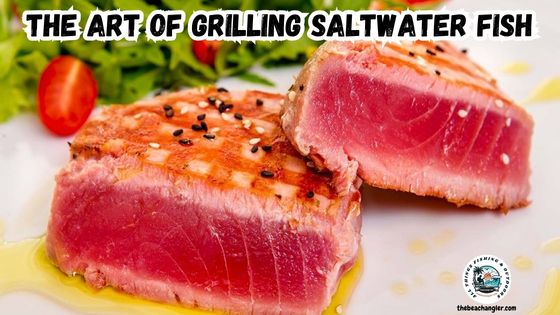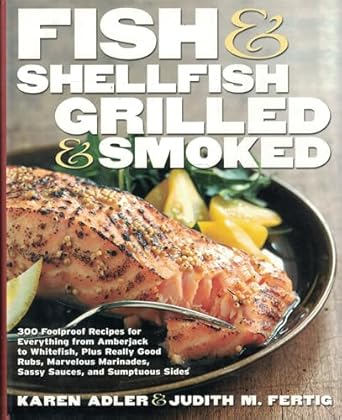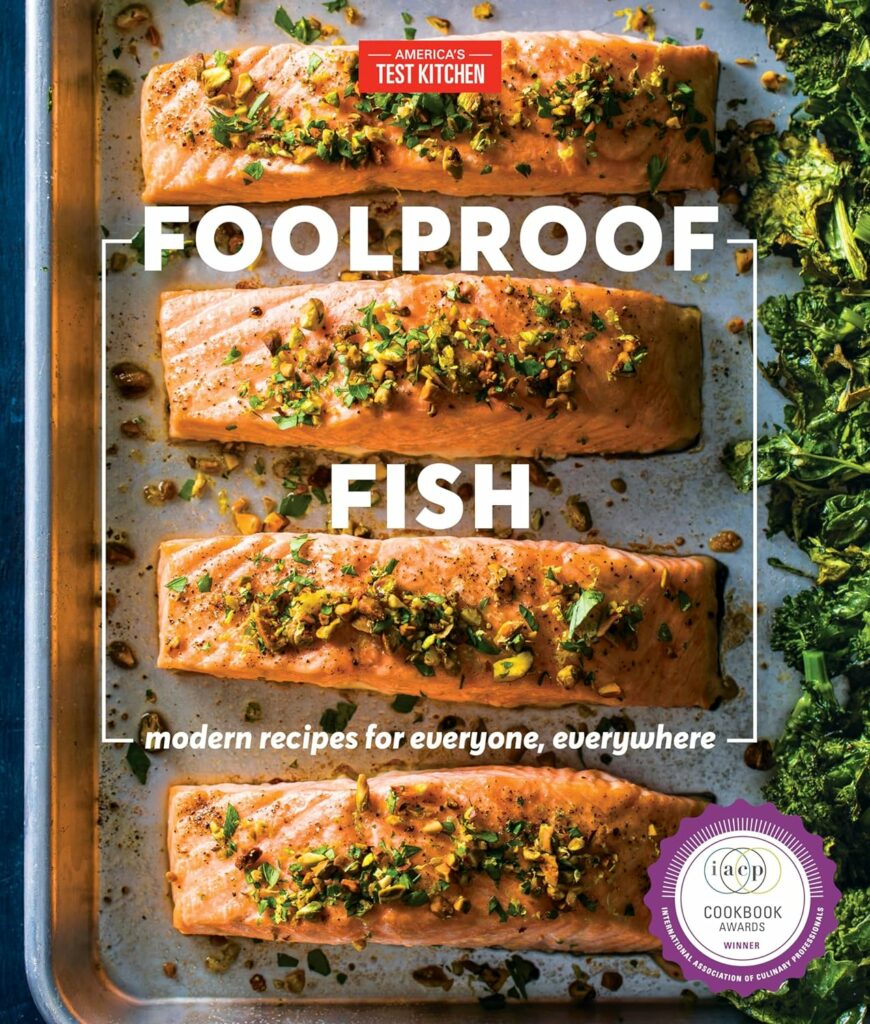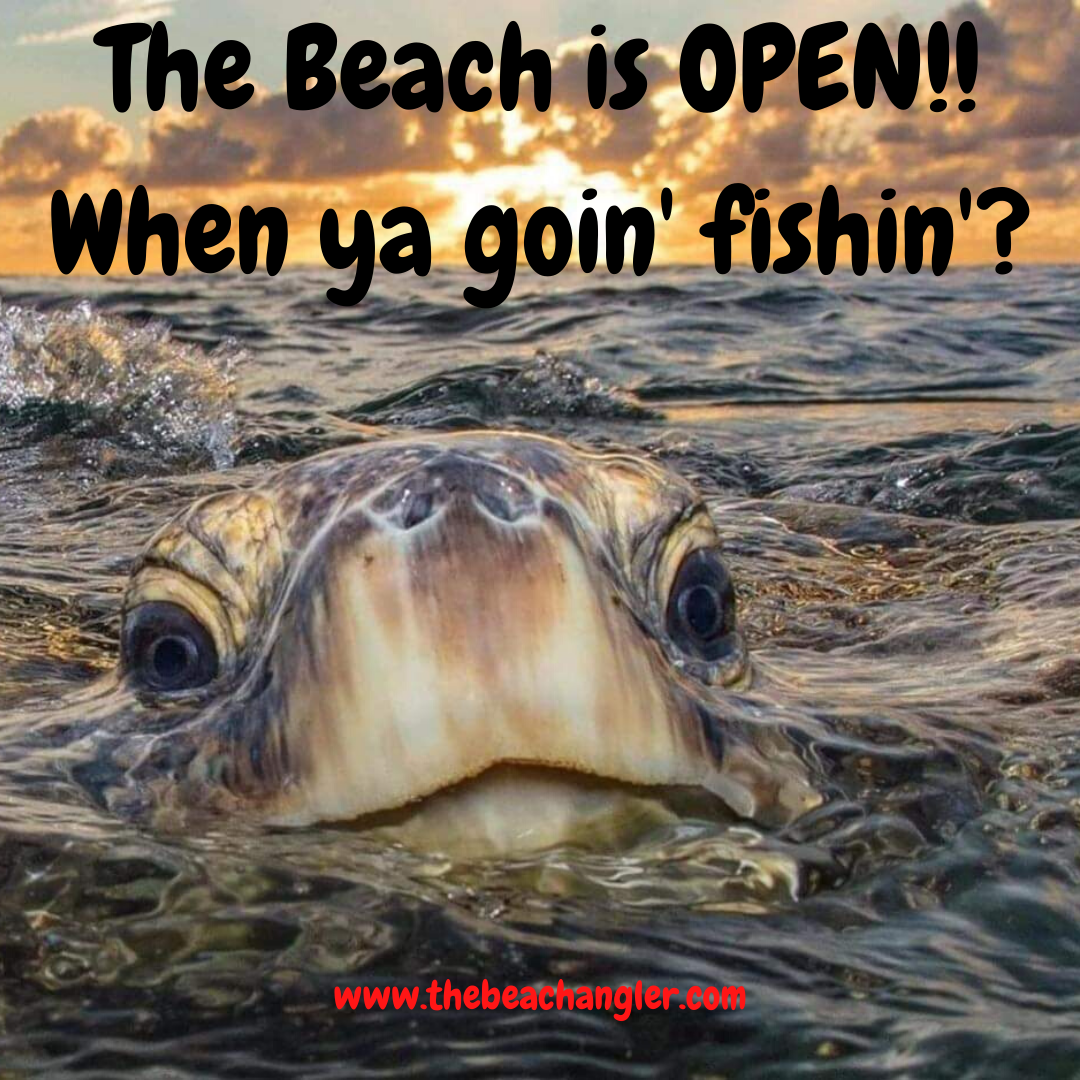I have always enjoyed grilling saltwater fish. Over time, I learned that the key to a great grilled fish meal lies in proper preparation and careful attention to detail. This article shares my approach to grilling popular saltwater fish so they come out flavorful and perfectly cooked every time.
QUICK LOOK: Tips for Grilling Saltwater Fish
- Start with the Fish Selection: Selecting the right kind of fish is a foundational step in my grilling process. I typically choose firm fish like salmon, tuna, mahi-mahi, or halibut. These varieties hold up well on the grill.
- Cleaning and Handling: A good grilled fish begins with the cleaning, handling, and care given to the fish after harvest. Bleed, gut, and ice your fish as soon as possible to maintain freshness and flavor.
- Season and Prep the Fish: I lightly coat the fish with a neutral oil such as olive or vegetable oil. Oiling makes turning the fish easier and helps form a nice crust. After oiling, I season the fish with a sprinkle of salt and pepper along with any herbs or spices that suit my taste.
- Proper Equipment: Grilling saltwater fish requires some basic tools to get the best results. I rely on a good quality grill, a reliable grill brush, and plenty of oil. I also keep a grill basket or aluminum foil handy for delicate fish varieties.
- Grilling Technique: I always start with the skin side down. This allows the skin to form a crisp barrier that locks in moisture. I avoid moving the fish too soon so that it forms a natural nonstick layer. Once the fish releases easily from the grill, I flip it carefully once. Cooking time is determined by the fish’s thickness. A common guideline is about 10 minutes per inch of thickness.
Essential Equipment for Grilling Saltwater Fish
Grilling saltwater fish requires some basic tools to get the best results. I rely on a good quality grill, a reliable grill brush, and plenty of oil. I also keep a grill basket or aluminum foil handy for delicate fish varieties. Using the proper equipment improves the overall cooking process, helping to prevent the fish from sticking and ensuring even cooking.
Before every grilling session, I make sure to use a high-quality brush to clean the grill grates thoroughly. A clean grill not only reduces sticking but also prevents unwanted flavors from old food particles. I always use a sturdy grill with adjustable heat settings, which makes it easier to maintain the right temperature for the fish.
Getting Started with a Clean and Preheated Grill
The first step is to clean and preheat the grill. I begin by scrubbing the grates with a stiff brush. Removing any residue stops the fish from sticking and leaves a clean surface for cooking.
After cleaning, I preheat the grill on high heat. I aim for a temperature around 425°F, which works well for saltwater fish. Heating the grill is very important, as the high temperature immediately sears the fish, locking in moisture and flavor. For delicate fillets that might break apart, I sometimes use a grill basket or aluminum foil.
Fish Preparation and Seasoning
A very important part of my grilling method is proper fish preparation. I typically choose firm fish like salmon, tuna, mahi-mahi, or halibut. These varieties hold up well on the grill. Keeping the skin on is a step I follow closely because it helps retain moisture and acts as a barrier against the heat, reducing the chances that the flesh will dry out.
Before grilling, I pat the fish dry with paper towels. Excess moisture can cause sticking. I lightly coat the fish with a neutral oil such as olive or vegetable oil. Oiling makes turning the fish easier and helps form a nice crust. After oiling, I season the fish with a sprinkle of salt and pepper along with any herbs or spices that suit my taste.
Grilling Techniques and Flavor Boosts
When placing the fish on the grill, I always start with the skin side down. This allows the skin to form a crisp barrier that locks in moisture. I avoid moving the fish too soon so that it forms a natural nonstick layer. Once the fish releases easily from the grill, I flip it carefully once.
Cooking time is determined by the fish’s thickness. A common guideline is about 10 minutes per inch of thickness. I use a food thermometer to check that the internal temperature of the fish reaches 145°F. This ensures that the fish is safely cooked while remaining moist and tender.
For added flavor, I sometimes brush a mix of melted butter and lemon juice over the fish during the last few minutes of grilling. This not only adds a rich taste but also gives a boost to the natural flavor of the saltwater fish. I like to serve the fish with grilled vegetables or a light salad to round out the meal.
Preventing Sticking and Ensuring Even Cooking
Stopping the fish from sticking to the grill is something I take seriously. A few simple steps make all the difference:
- Clean Grate: I begin by thoroughly cleaning the grill grates. Any leftover food can cause sticking and affect the fish’s texture.
- Preheat Properly: Making sure the grill is hot, around 425°F, creates an instant seal on the fish and reduces sticking.
- Oil the Grill: I lightly oil the grates using a paper towel dipped in oil. This extra step further prevents the fish from sticking.
- Oil the Fish: A thin coating of oil on the fish itself protects it during cooking and helps it sear evenly.
- Don’t Overcrowd: I make sure there is space between each piece of fish on the grill. Overcrowding can cause uneven cooking and affect the texture.
- Use a Grill Basket or Foil: For smaller, more delicate fish, I use a grill basket or aluminum foil to manage sticking and make flipping easier.
By following these practical tips, I have learned to grill fish without the common issues of sticking and uneven cooking.
Advanced Tips for Perfect Grilled Saltwater Fish
Once you understand the basics, there are advanced techniques to take your fish grilling experience up a notch. I like to experiment with marinating, which can infuse the fish with subtle flavors while keeping its natural taste intact. I usually marinate for about 30 minutes so the flavors have time to mix with the fish’s natural oils.
I often add a little butter towards the end of cooking. Similar to brushing on lemon juice, a pat of butter melts over the fish, adding extra richness. Sometimes, for very delicate fillets, I wrap them in aluminum foil. This method lets the fish steam in its own juices while still getting a slight char from the grill. I enjoy using herbs such as dill, parsley, or thyme to complement the taste of the fish.
Another useful tip is using the indirect heat method for thicker cuts. After searing the fish on high heat, I move it to a cooler part of the grill to finish cooking. This method prevents the fish from being overexposed to high heat and keeps it from drying out. The combination of searing and then using indirect heat gives the fish a pleasing mix of a golden, crisp exterior and a moist interior.
The Basics of Fish Selection and Preparation
Selecting the right kind of fish is a foundational step in my grilling process. I lean toward firm fish because they hold up better on the grill. Here are some important aspects I consider when choosing fish:
- Firmness: I choose fish that are naturally firm, such as salmon, tuna, mahi-mahi, or halibut, as they retain their shape under high heat.
- Skin Integrity: I prefer to leave the skin on because it adds taste and helps keep the fish moist during cooking.
- Freshness: Fresh fish is key for a great meal. I look for clear, vibrant eyes and a clean, fresh smell as signs of quality.
- Cleaning and Deboning: Even with the skin on, I sometimes ask my fishmonger to remove any pin bones, ensuring a smoother eating experience.
Beyond selection, preparing the fish properly is super important. I dry the fish thoroughly, which not only helps prevent sticking but also allows the seasoning to stick well. After oiling and seasoning, I let the fish sit at room temperature for a few minutes before grilling to promote even cooking.
Frequently Asked Questions

Below are some common questions I have encountered about grilling saltwater fish along with my responses:
What types of saltwater fish are best for grilling?
I recommend choosing firm fish like salmon, tuna, mahi-mahi, or halibut. These types hold up well under high heat and provide a satisfying texture.
How do you prevent the fish from sticking to the grill?
A clean, preheated grill is key. I make sure to clean the grates, lightly oil them, and coat the fish with a thin layer of oil as well. Using a grill basket or foil also helps protect delicate pieces.
Should the skin be removed before grilling?
In my experience, keeping the skin on helps maintain moisture and offers some protection against overcooking. The crispy skin contributes additional flavor if cooked properly.
What is the recommended internal temperature for grilled saltwater fish?
I use a thermometer to ensure the fish reaches 145°F internally. This temperature means the fish is well-cooked while remaining juicy.
Can grilling saltwater fish work for both fillets and whole fish?
Yes, both fillets and whole fish work well on the grill. The main differences lie in preparation. For fillets, keeping the skin intact and possibly using a grill basket is important. Whole fish may require extra care and seasoning inside the cavity.
Wrapping Up on Grilling Saltwater Fish
The art of grilling saltwater fish is accessible with the right approach and equipment. Proper grill preparation, careful fish handling, and a consistent technique yield the best results. Every step, from cleaning the grill and oiling the surface to seasoning the fish and managing the heat, plays its part in creating an outstanding meal.
My journey with grilling saltwater fish has shown me that a mix of technique and paying attention to ingredients makes a big difference. Whether you’re experienced or new to grilling, these tips provide a solid foundation.
Each session is an opportunity to stumble upon fresh tastes and improve your method. Enjoy the process and continue refining your technique. Happy grilling!
Check Out Our Most Recent Articles:
- Using a Personal Watercraft For Saltwater Fishing

- 5 Advantages of the Penn Squall Low Profile Baitcasting Reels

- Electronic Fish Finders For Kayak Fishing

- What’s New From ICAST 2025

- 5 Budget-friendly Saltwater Fishing Kayaks For Beginners

- 12 Tips for Fishing Baffin Bay, Texas

As always, stay safe, enjoy the journey, and please try to leave it cleaner than you found it. If you have any comments, questions, ideas, or suggestions, please leave them in the comment section below, and I’ll get back to you ASAP. You can follow us on Facebook: Rex The Beach Angler, Instagram: thebeachangler7, Twitter: @AnglerBeach, and YouTube: Man Art Creations.
P.S. Thanks so much for checking out our blog; we really appreciate it. Just so you know, we may receive a commission if you click on some of the links that appear on our site. This helps us keep our content free and up-to-date for everyone. We appreciate your support!
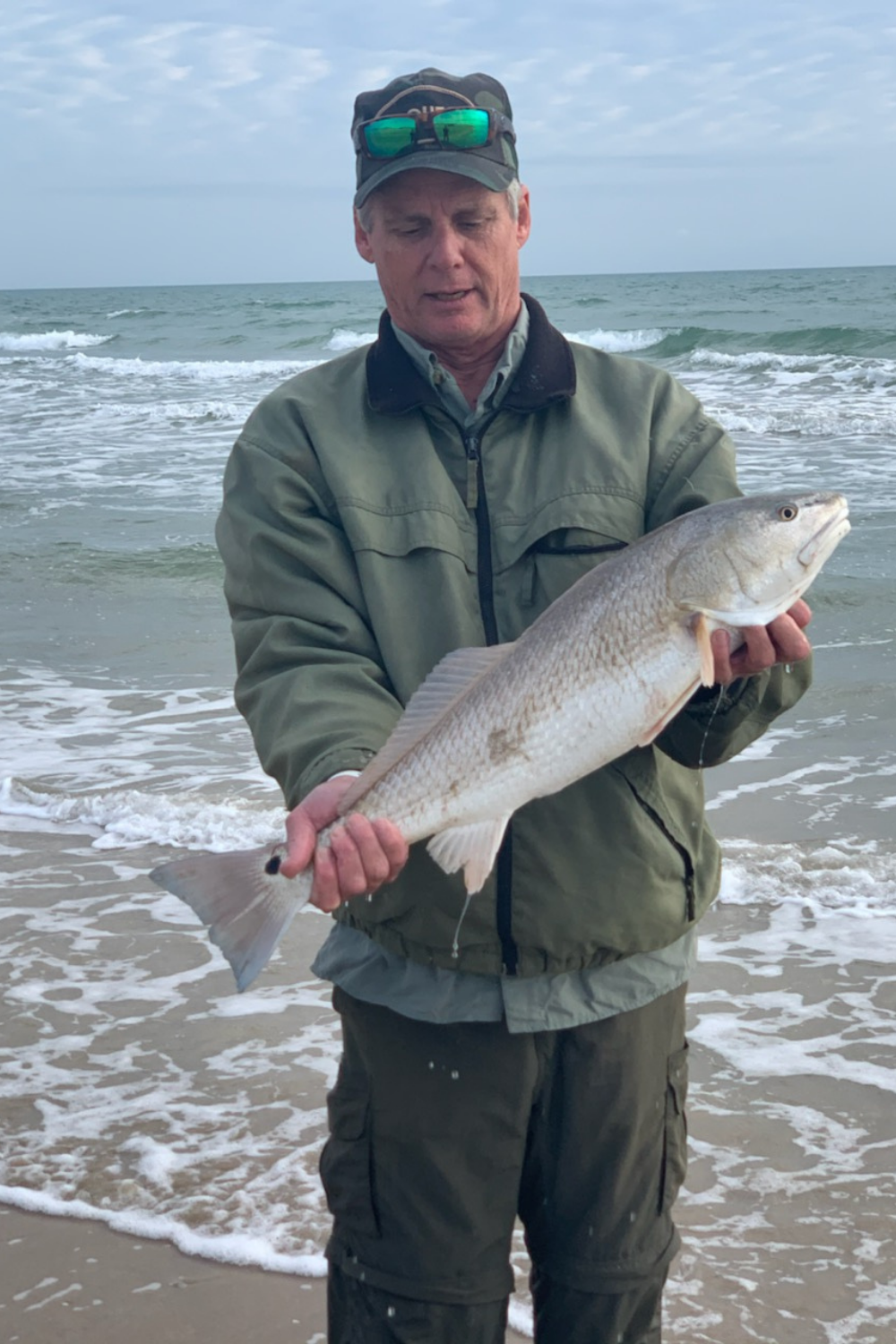
A life long surf fisherman with 50+ years of experience, I am also an avid hunter and outdoorsman. I will be sharing my passion for the outdoors with you so be prepared for hunting, fishing, camping, hiking and more. Along with gear reviews and the latest trends and innovations in the outdoor industry.

